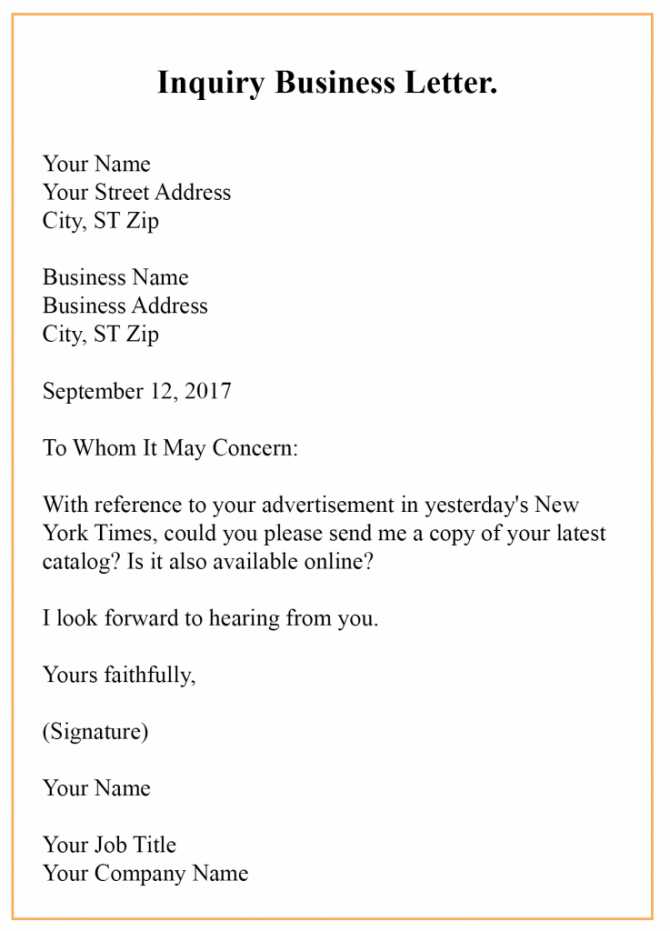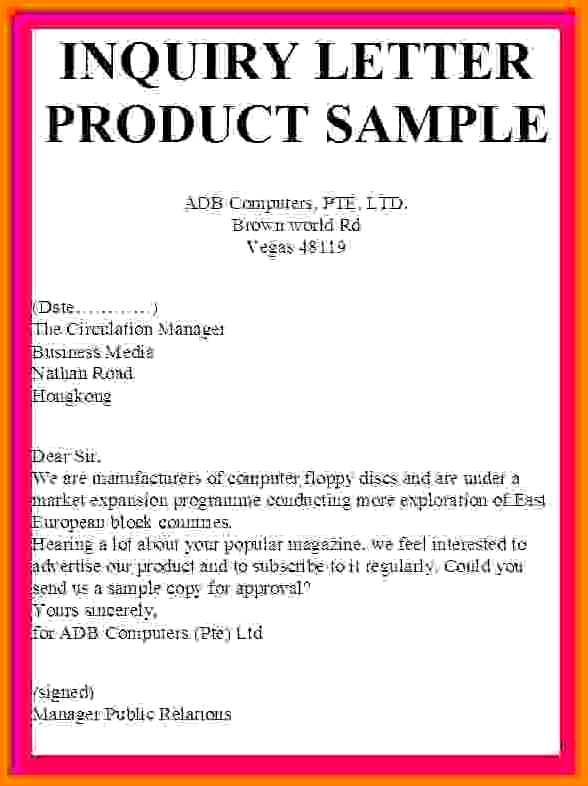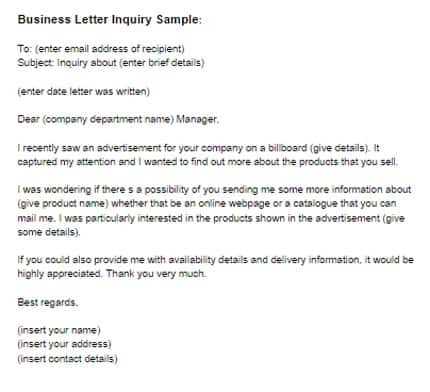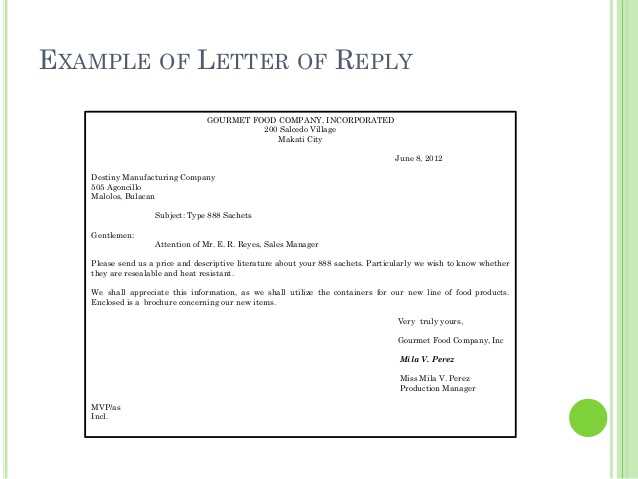Business inquiry letter template

When you need to reach out to another business, crafting a clear and direct inquiry letter sets the tone for future communication. Start by addressing your recipient with their proper title and business name to ensure your letter feels personal and professional. Specify the purpose of your letter in the first few lines, so your recipient immediately understands your intent.
Include a brief but precise description of what you’re asking for, whether it’s information, a proposal, or an invitation. Be clear on the benefits or value your request offers, so the recipient sees the relevance of your inquiry. Finish your letter with a polite call to action, such as requesting a meeting, response, or confirmation, and express your appreciation for their time.
By keeping your tone friendly and respectful, you increase the chances of a positive and timely response. A well-structured inquiry letter can open doors to new opportunities and set a professional tone for all future interactions.
Here’s the revised version:
Make sure to clearly state the purpose of your inquiry right at the beginning. Start with a polite yet direct sentence to grab attention. Address the recipient by name if possible, and avoid generic openings. For example, “I am reaching out to inquire about your services regarding XYZ.”
Be specific about what you are asking for. Instead of vague phrases like “I would like more information,” specify the details you need: “Could you please provide a quote for a bulk order of 100 units?” This avoids ambiguity and keeps the communication clear.
Conclude with a direct call to action, such as “Please let me know the next steps,” or “I would appreciate a response by [specific date].” This makes it easy for the recipient to understand what is expected.
Keep the tone professional and polite throughout. A well-structured and respectful inquiry helps establish a positive first impression.
Business Inquiry Letter Template
How to Start Your Inquiry Letter: Key Opening Phrases
Structuring the Body of Your Request: Important Points to Include
How to Ask for Specific Information in Your Inquiry
Polite Ways to Request a Response Deadline
Formatting Tips for a Professional Letter
Common Mistakes to Avoid When Writing an Inquiry Letter

Begin your inquiry letter with a polite and clear introduction. You can start by addressing the recipient by name or their professional title. For example, “Dear Mr. Smith” or “Dear Sales Manager.” Next, state the purpose of your inquiry right away: “I am writing to inquire about your product line” or “I would like to request further details on your services.” This establishes the context quickly and leaves no room for confusion.
Structuring the Body of Your Request: Important Points to Include

In the body, briefly explain why you’re making the inquiry. If you’re seeking a quote, specific product information, or availability, be precise. For example: “I am interested in receiving a price list for your software solutions” or “Can you provide the specifications of your latest model?” Avoid being vague and focus on your specific need. Mention any relevant details that can help the recipient provide the best response, such as deadlines or specifications.
How to Ask for Specific Information in Your Inquiry

Be direct and clear when asking for information. Use concise phrases like, “Could you please send me…” or “Would you be able to provide…” This ensures your request is understood and prioritized. If you need more than one piece of information, list them in bullet points for better clarity.
When requesting a deadline for the response, use polite language like, “I would appreciate it if you could respond by [specific date],” or “Please let me know if this timeline works for you.” This gives the recipient a clear expectation and allows them to plan their response.
Formatting your letter professionally is key. Use a standard font, like Arial or Times New Roman, and keep the font size around 12pt. Ensure there are adequate margins and space between paragraphs to enhance readability. Avoid long blocks of text that might overwhelm the reader.
Finally, avoid common mistakes such as being too vague or using overly complicated language. Don’t forget to proofread your letter to eliminate errors, as this can negatively affect your credibility.